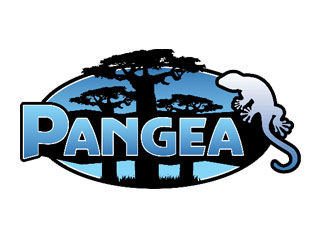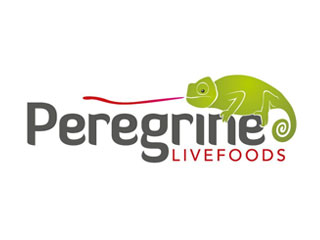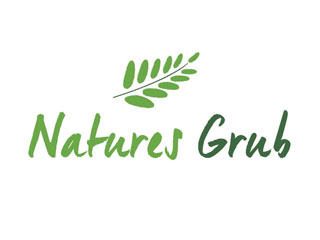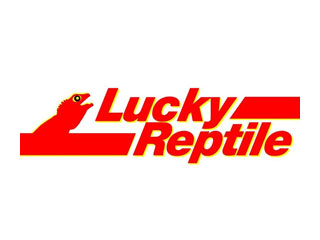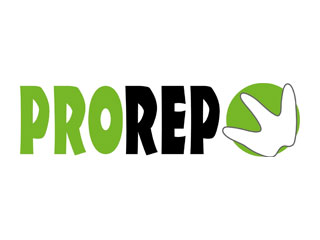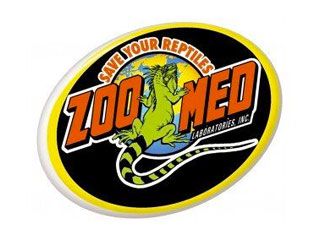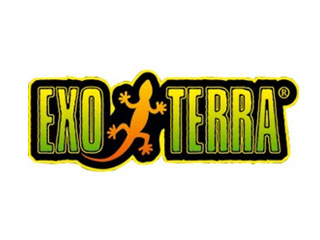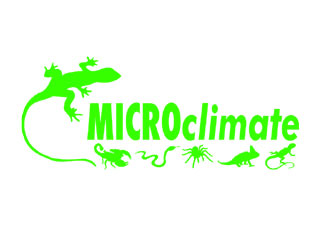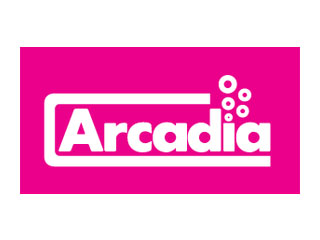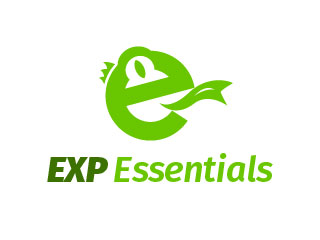Bearded Dragon; Detailed Captive Care Sheet
A well explained Care Sheet giving you all the information you need to know about keeping Bearded Dragons.
By David R from East Yorkshire on Monday 18th February 2008
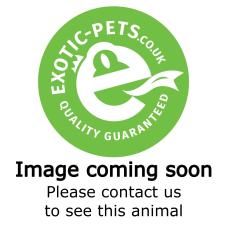
Captive Care of a Bearded Dragon
Common Name: Inland Bearded Dragon
Slang Name: Beardies
Scientific Name: Pogona Vitticeps
Origin: Australia
Adult size: 16-22 inches
Difficulty of Care: [1/5] Ideal Beginner Pet, however set up can be expensive compared to other beginner pets such as the Gecko.
BEHAVIOR: Bearded Dragons are generally very docile pets. They are friendly and seek a lot of human attention. Also, they can be housed to the ratio of 1 male to up to 10 females! However, Bearded dragons may be friendly, but are still territorial. Males should be kept separate from other males. Males are usually slightly more active than females; Males like to hunt for their food, dig and take control, whereas females prefer to wait for the food to come to them, and only often chase the crickets if she is very hungry. The only time the female will dig is when she is pregnant, Then she will dig for somewhere to lay her eggs. Bearded dragons prefer to intimidate, rather than attack. They get their name from one of their defensive methods; puffing out their throats to reveal what looks like a large black beard. Also, as A last resort, they can bite and tail whip, both of which do not hurt much.
NATURAL HABITAT: The Bearded Dragons are desert-dwelling omnivores that live in central-Australia.
CAPTIVE ENVIRONMENT: Bearded Dragons are fairly large animals. Recommended cage size for an Adult would be 4ft long, 2 1/2 ft wide, 2ft tall. As they live in deserts, floor space is more important than height. If more room is available, please give it. They will need a special Reptile UVB Strip light across the back of the enclosure, Have this on 12/14 hours a day. A UVB bayonet basking light bulb in the basking area is also required, Have that on for 10/12 hours a day.
For cage furnishings, Add reptile Calcium Sand (NOTE: ordinary sand will not do, if they swallow the sand it can cause impaction in the gut and they could die) Add hides, such as caves, and maybe even the odd plant (however, plants are good places for crickets to hide in, and may need shaking to get them out) My Bearded Dragons also like a vine to climb on and bask on. These are screwed up to the cage sides, but be careful not to get them too close to any bulbs in case of severe burns.
Also, a heat mat is required in the basking area. That will give the enclosure a nice temperature gradient.
TEMPERATURE: During the day, to get your Bearded Dragons thriving, have a a temperature of 100ºF in the basking area, and 90ºF in the cooler area. On a night, switch your strip light and basking bulb off. Leave the heat mat running 24/7. It should drop to around 70-80ºF. Do not let it drop past 70ºF. Use a thermometer to gauge the temperature.
HUMIDITY / WATER REQUIREMENTS: As the Bearded Dragons are Desert animals, Humidity should be near nothing. The cage should be nearly bone dry. However, a water bowl is required for drinking and Bathing. I have a water bowl at both ends of my tanks. They are shallow to prevent drowning.
It has been suggested that Bearded dragons cannot see still water, So now and again dunk them in the water, Do not hold them in it, but just as long as they know where it is. Also, use Luke warm water, cold water can send them into a state of shock and sometimes even kill them.
NUTRITIONAL REQUIREMENTS: As the bearded dragons are omnivores, they require both greens and meat. Have a small bowl filled with lettuce and other vegetables. DO NOT FEED Cucumber and other acidic fruits, as they are toxic to the Bearded Dragon. Have another bowl filled with meal worms, and wax worms. These need to be dusted in a calcium powder to aid in digestion. Also, have gut loaded* Crickets/locusts, Remember, Bearded dragons can eat a lot, as they do not know when they are full.
Obesity is a major problem in Bearded Dragons, but feed them more when they are growing. Also, for the crickets/locusts, DO NOT FEED them anything that is bigger than the space between their eyes. *Gut loaded; Crickets/locusts/mealworms/wax worms fed on food such as fish food, rabbit food, lettuce etc. 24 hours prior to feeding.


